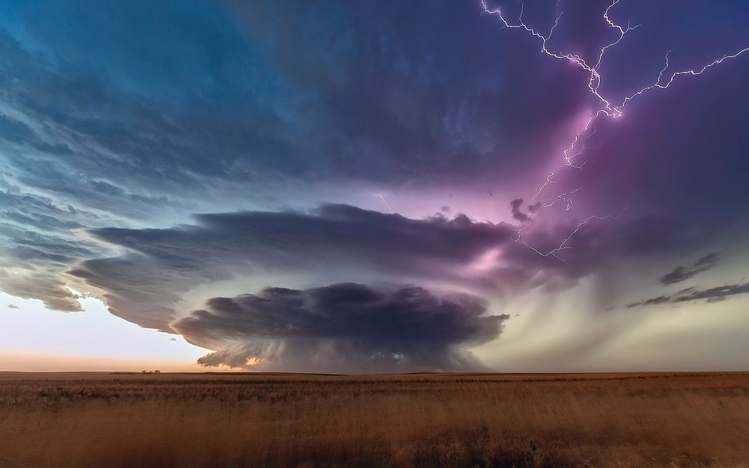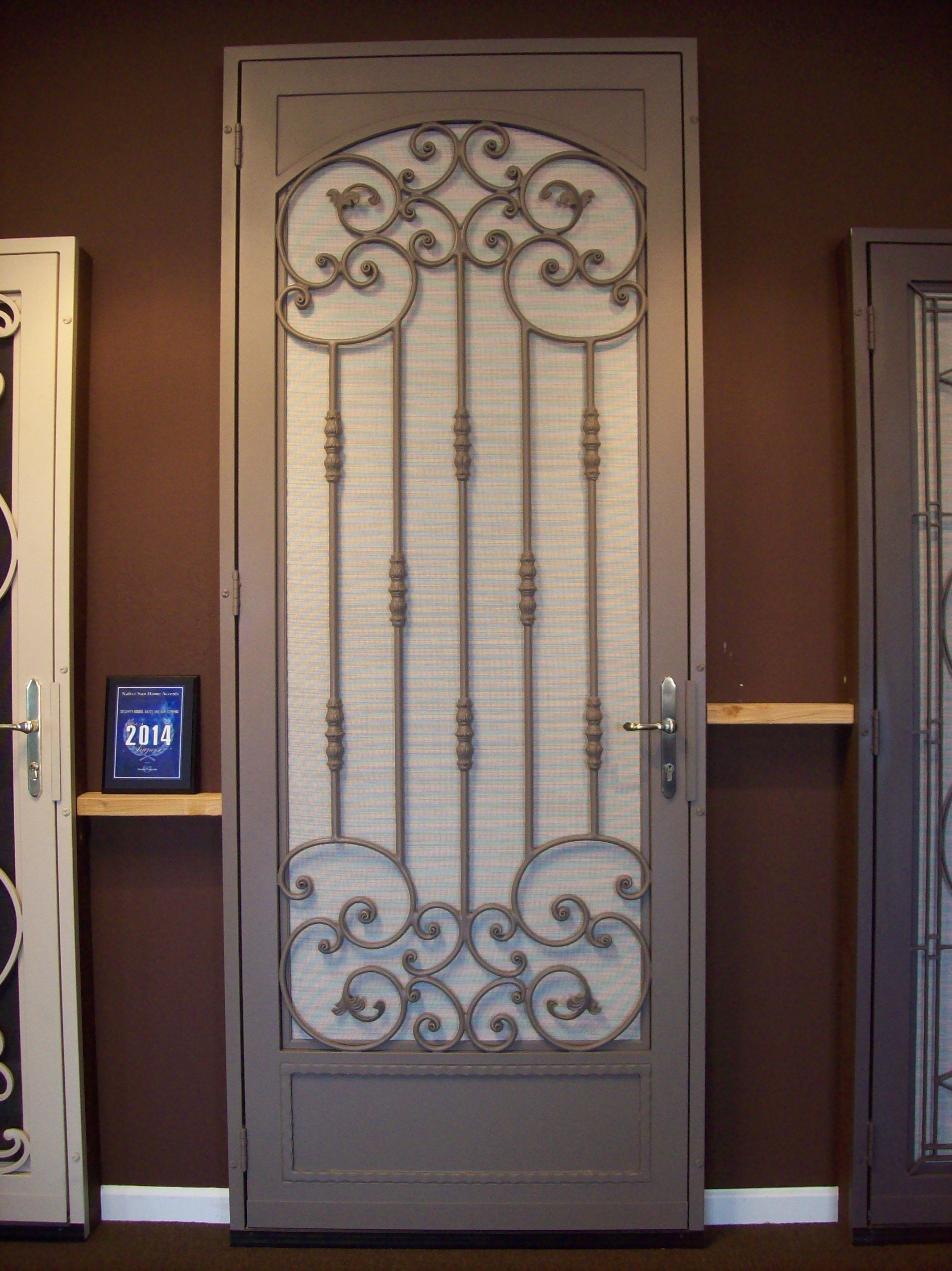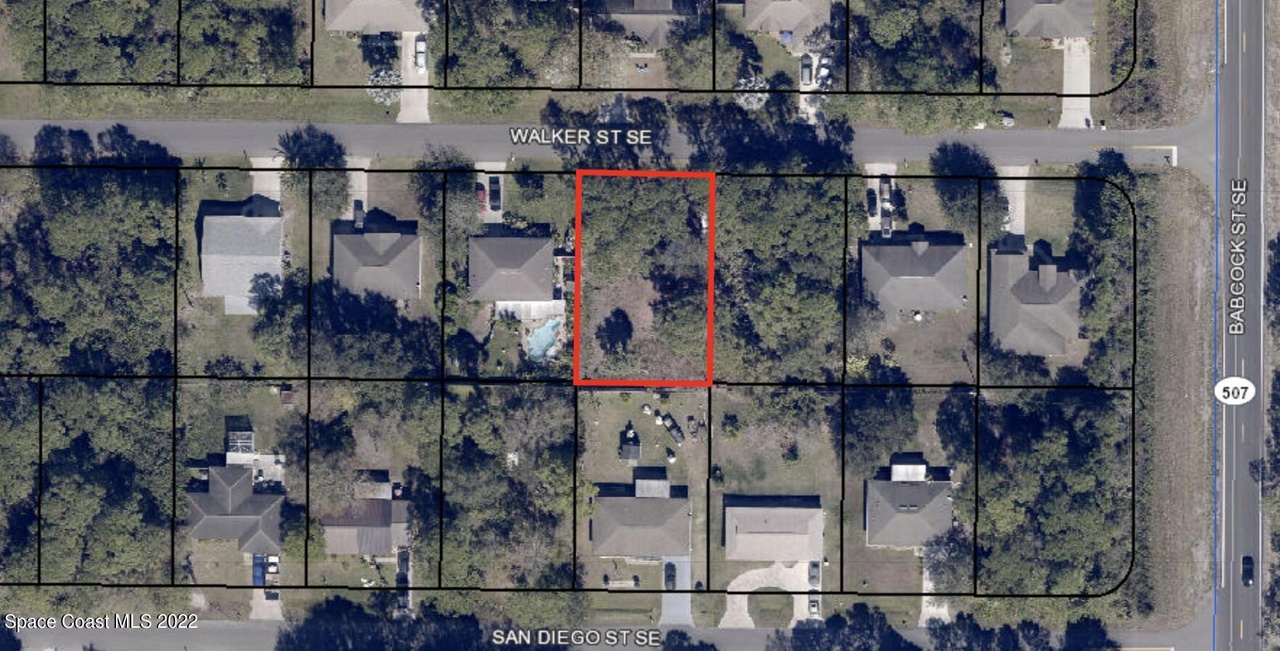Table of Content
Personally I'd just pull the important files and rebuild the machine from scratch - with more memory. The whole point of RAID, even fake raid on this PC mobo's is there to abstract out a disk failure. The mobo should be able to tell that a disk has failed and not even attempt to write to it. I guess my concern is this- is the bad behavior of the computer due to the bad drive or could there be another issue going on? It was almost as if the Crashplan installation blew it up. It was not behaving "that" badly before that.

Before the virus scan I logged on on Safe Mode and manually backed up all of the data so I am good with a backup. All resources seem to be taken up doing something. I have run it in Safe Mode with no problems but can not run a virus scan in that mode. Logged back on, as painfully slow as it was and began a full virus scan- Symantec Endpoint Protection. Once they are deleted you should only be left with disks you do not want included in the RAID.
How to Create a Software RAID Array in Windows 7
Any time you physically move a hard drive you are risking failure. If you've ever taken one apart you'd understand why. They are incredibly complex mechanical devices with very small tolerances. Replace the failed drive, rebuild the array, and move on.

The Simple option pools the disks, the Two-way mirror and three-way mirror options are similar to RAID 1, and Parity is similar to RAID 5. Once confirmed, click on Create storage space. When it comes to RAID 1, we often think of the mirrored volume that is a technique of writing the same data to more than one drive. Each drive on the RAID 1 array contains an identical copy of the data. This configuration owns high data security because it provides fault tolerance and redundancy. That is to say, if an individual drive fails, the second one can continue to work.
Rate Articles What Is The Difference Between Raid-5 And Raid-1 Technology
Go to the Boot tab and set the Launch CSM option to Disabled. In the Advanced tab, go to the SATA Mode Selection option and set it to Intel RST Premium With Intel Optane System Acceleration , and set SATA Controllers to Enabled. As shown above, you can set up RAID 1 and RAID 5 with the Storage Space tool, but it can’t configure RAID 0.
Hi All,Looking for hardware advice and recommendations please for a virtual server setup.We have 16 users who will need to access a Sage 200 database running on SQL Server Standard 2019. Of these 16 users, only 10 will need to access basic file shares... This typically happens when one of the hard drives is pulled while the server is on. If you don't have a copy of the files you need to get your files via a KISS file copy to USB key or HDD and quit screwing around with backup program X that isn't working.
How to Use Windows 10’s Storage Spaces to Mirror and Combine Drives
Source and Destination folders can reside anywhere on your network. Enter the Disk Management, right-click unallocated space, selects “new volume”. Then it will pop up a window about “create volume wizard”. Could you please modify your original post to reflect the correct amount of ram? I know there is no way possible that it has 4mb of ram.

Click on Yes in the UAC window when you’re prompted to access this app. As DigitalGoat posted in post #8, the first thing that is going to happen when you enable the RAID switch is that both drives will be erased. Don't worry about which actual "Physical" disk is involved in this stuff. Your "E" drive is being mirrored properly.
To solve the problem, you need to configure the registry correctly. Click Start, type RegEdit, and press ENTER to open Registry Editor. Hope this article on the topic What Is The Difference Between Raid-5 And Raid-1 Technology is useful to you. Clearly there was a lot going on with this system. And yes, he thought having a RAID 1 was having a backup.

However, RAID 0 provides no fault tolerance and parity information redundancy. That means you willlose all the dataon the entire array once any disk fails and the whole system will be affected. So, it’s not recommended that you use RAID 0 for any critical system.
Finally the disks will be formatted and once the drive is mounted you should be welcomed with the familiar AutoPlay prompt. Right click on the first disk you want included in your RAID and select new spanned volume. In the pop-up window, you will sell all supported volume types according to your present situation. Select Striped or Mirrored and click on Next to go on. Press the F7 key to enter Advanced Mode, and then go to the Advanced tab and select Intel Rapid Storage Technology from the listed options. Now, wait for the process to finish and you should see a single disk in Windows File Explorer.
Once you backed up these important data, you need to install all hard disks that you want to use for setting up RAID 0 Windows 10. If you don’t how to do that, you can refer to this post “How to Install a Second Hard Drive in Your Laptop and Desktop PC”. Here comes a new question, what do you need to do before setting up RAID 0/1 Windows 10. Both RAID 0 and RAID 1 configurations require at least 2 hard disks, while you’d better use the disks with the same sizes, types, and manufacturers on the RAID 1 setup. When creating a RAID 1 array, you need to make sure the array is as big as the smallest disk. Since the data is mirrored on all disks of the array, this array can still work normally as long as one disk is operational.
Well, you need to make sure that each disk you added to the array is not more than the smallest disk size when setting up RAID 0 Windows 10. The device will mirror its 2 disks in its own way. Doesn't matter since all you want is anything written / saved / read from your "Disk E" in Windows to be mirrored which the RAID 1 will do. Setting the disks to mirror will not copy disk A to disk B during RAID setup, which is what I think you assume will happen. Please notice to the third characteristic “Data is duplicated on two dynamic disks”.
You only can use the "aggregate" disks in the 2 bay array for RAID 1 -- you can't use other HDD's in your system for this. I don't like any RAID setup on a workstation's bootable device, especially if it's software RAID. It would be much better to have a backup drive RAID1 setup in there, that only handles backups. This way, if the main drive dies, you can put in the same size drive, and restore from a backup on those drives, and you're likely back up and running within an hour. Now, you can name the Storage pool, and select a Drive letter and File System from the drop-down menu. Then go to the Resiliency type section, select the RAID type under it.
4GB of RAM may be their limit with Windows 7 32 bit. Otherwise a RAM upgrade will require a expense of a Windows upgrade to 64 bit to be useful. The OP will need to check their edition of Windows. Run on just the one drive for a very short while and test. If all is good then you have your answer.























